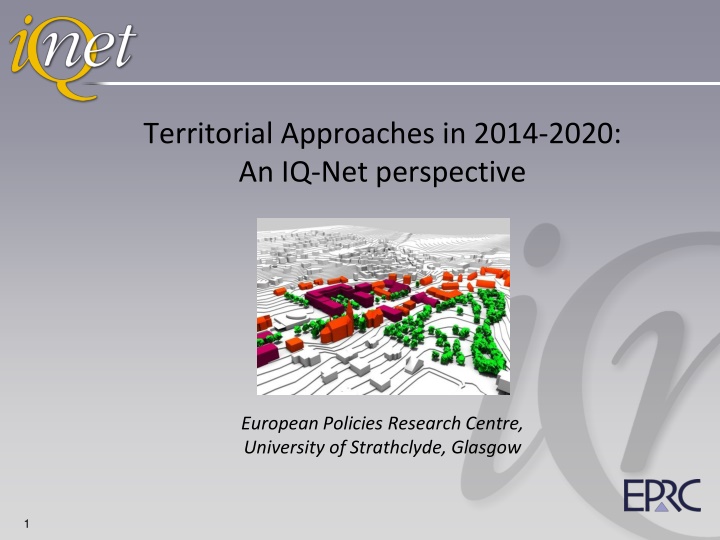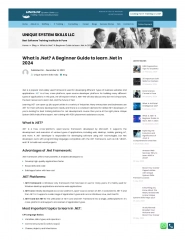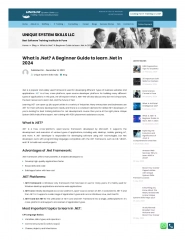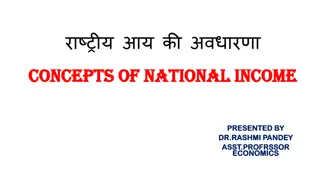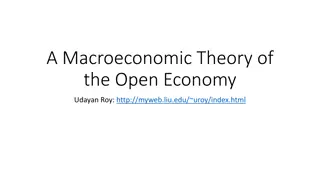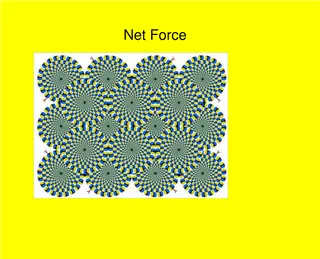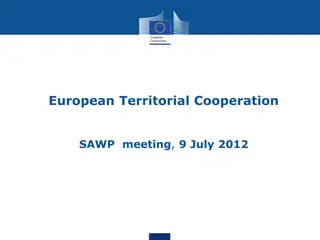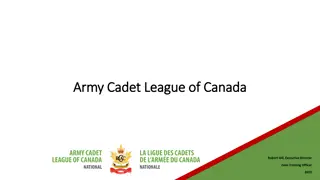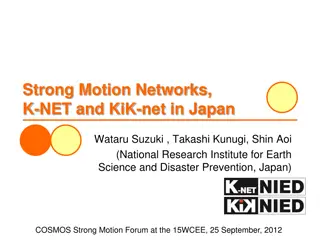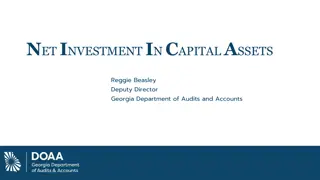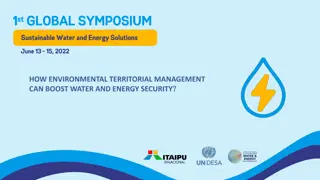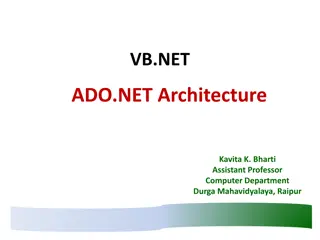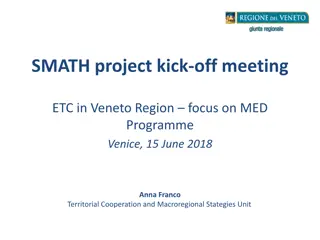Territorial Approaches in 2014-2020: An IQ-Net perspective
This article delves into the territorial approaches in the 2014-2020 period from the perspective of IQ-Net, a long-standing network focusing on Structural Funds in the EU. It covers the background, programming experiences, and conclusions drawn, shedding light on how IQ-Net operates, its partners, and the impact it has on improving the quality of Structural Funds Programme management through the exchange of experiences.
Download Presentation

Please find below an Image/Link to download the presentation.
The content on the website is provided AS IS for your information and personal use only. It may not be sold, licensed, or shared on other websites without obtaining consent from the author.If you encounter any issues during the download, it is possible that the publisher has removed the file from their server.
You are allowed to download the files provided on this website for personal or commercial use, subject to the condition that they are used lawfully. All files are the property of their respective owners.
The content on the website is provided AS IS for your information and personal use only. It may not be sold, licensed, or shared on other websites without obtaining consent from the author.
E N D
Presentation Transcript
Territorial Approaches in 2014-2020: An IQ-Net perspective European Policies Research Centre, University of Strathclyde, Glasgow 1
Structure IQ-Net What is it? Territorial approaches in 2014-20: An IQ-Net perspective Background Programming experiences Conclusions 2
Improving the Quality of Structural Funds Programme Management through Exchange of Experience
What is IQ-Net? One of the longest-running knowledge-exchange networks on Structural Funds in the EU, set up in 1996 IQ-Net is a network which: brings together Structural Funds managing authorities and implementing bodies from across the EU applied research and debate - briefing papers are prepared by EPRC, bringing together comparative experience from across the EU exchange experience and share good practice 4
IQ-Net partners regional/national programme authorities Austria Austrian Conference on Spatial Planning ( ROK) Greece Ministry of Development & Competitiveness Belgium Vlaanderen Portugal Czech Republic Agency for Development and Cohesion Min. for Regional Development Denmark Slovenia Danish Business Authority Govt. Office for Development and EU Cohesion Policy Finland Spain South and West Finland Pa s Vasco (Bizkaia) France United Kingdom Dept for Communities & Local Government (DCLG) Wales (WEFO) Scottish Government CGET (ex-DATAR) Germany Nordrhein-Westfalen 5
How does IQ-Net operate? IQ-Net Conferences are held twice a year for partners to exchange experience on selected themes Recent meetings in Scotland (UK), La ko (SI), Lower Austria (AT), Tampere (FI), Aachen (DE), Wales (UK) and Prague (CZ) Conferences involve plenaries, small group discussion and project visits DG Regio and DG Emploi are active participants 6
Territorial approaches in Cohesion policy 2014-20: An IQ-Net perspective 7
Context for the territorial dimension Territorial Cohesion in the EU Treaty (TFEU, 2009) Territorial and integrated approaches are superior to spatially blind interventions (Barca 2009) Major challenges like globalisation, climate change, energy diverse social and demographic challenges have strong spatial dimension (Territorial Agenda 2011) The EU Urban Agenda and urban dimension of EU policies (EC 2014) 8
A new framework for territorial instruments in 2014-20 Separate Programme Integrated Sustainable Urban Development - Minimum 5% - Delegated governance encouraged Mainstream implementation approaches Separate Priority Axis Broader territorial scope Urban Rural-Urban Sub-regional Rural Specific geographical features Cross border ITI New implementation approaches CLLD 9
Comparing ITI and CLLD ITI CLLD -Large urban areas - One ITI per city - Neighbourhood - Many per city Geography - More top-down - Voluntary - Bottom-up - Compulsory for EAFRD Approach - Sizable funding envelope - ERDF and ESF - Several priorities - MS decides criteria - Territorial strategy - Varied selection - Implementation MA or IB - Urban strategies expected to be implemented locally - Monitoring by MA - Public sector led - Smaller funding envelope - EAFRD and EMFF - Single priority (TO9) - MS define strategy criteria - Requires CLLD strategy MA setup selections com. Funding Development Governance - Local action groups Decision-making and Monitoring Pluralistic decision-making LAG appraise projects 10
Tools for territorial approaches: State-of-play at EU level Integrated Sustainable Urban Development (ISUD) 20 billion earmarked for ISUD at EU level 9 billion through ITIs (21 Member States) 10 billion though specific priority axes 1 billion through dedicated OPs Community-led Local Development (CLLD) 16 Member States intend to use ERDF + ESF, i.e. going beyond the requirement to implement them with EAFRD 11
Tools for territorial approaches: Some IQ-Net examples Priority Axes for ISUD ITI for other territories CLLD with ERDF/ESF ITI for ISUD Austria Czech Republic Denmark England France Finland Greece Nordrhein- Westfalen Pais Vasco Portugal Slovenia Vlaanderen X - X - X - - - X - - X X X - - - X X - X X X - X - - X X - - - - X - X - X X - X X - X X - X Based on Draft OPs subject to change 12
Integrated Sustainable Urban Development Around 5% ERDF Between 5-20% ERDF Funding (some) funding (most) Mono-fund (most) Multi-fund (some) No intermediate body Intermediate body (some) (most) Metropolitan (some) All urban centres (some) Two Thematic Priorities More than two Thematic Priorities (some) (most) 13
Reasons not to use ITI Inflexible because funding is tied up for a whole programming period or because of lack of alignment with other development strategies Increases administrative burden Limited ESI funds availability Does not achieve real integration of ESI funds Challenges in relation to pre-selection of ITI both in terms of quantity and timing 14
Key findings: Integrated Territorial Investments (ITI) Thematic focus Based on existing strategies but adapted to link to thematic objectives Targeting structurally weaker regions Selecting ITIs Criteria for selection often set centrally (top-down), in some cases bottom-up, in others competitive calls Political conflict in some cases (city rivalry, copying) Governance Local bodies significantly involved in implementation But limited use of intermediate bodies 15
Key findings: Community-led Local Development (CLLD) Usually a continuation of the LEADER approach Counterbalances the urban focussed ITI But some countries use CLLD in a large number of areas, including peri-urban and urban areas Increased EU co-financing rate of 10% (Art.120.6) CLLD is often being programmed across multiple OPs contributing to multiple goals Most will adopt the Managing Authority-led approach to CLLD rather than Intermediate Body-led approach 16
Reasons not to use CLLD for ERDF and ESF Insufficient added value already have extensive consultation with community-led actors or use similar approaches in domestic policies Unsuitable community context lack of community/participative culture Lack of strategic alignment scale and strategic orientation not suitable for ERDF focus on smart growth, competitiveness, R&D and innovation 17
Negotiation issues Late approval of Regulations impacted on planning Emerging Commission interpretation Timing Second objective added without public consultation More TOs weakens strategic focus No. of thematic Objectives Pressure to delegate to Intermediate Bodies, but LAs do not always want implementation responsibility Uncertainties over legal status of IBs Delegation Multi-fund Integrating ERDF and ESF is politically challenging Lack of urban character, insufficient concentration/critical mass, strategic (in)coherence of multi-city strategies Territorial scope Added value Development challenges were not considered specific 18
Concluding points Territorial tools are useful, flexible and innovative but enthusiasm is not always shared Pressure on MAs to support integration from EU and from local actors (often rent-seeking ) Not easy to establish new structures and implementation mechanisms Resistance to delegation of responsibilities to lower level government, partly because of capacity constraints Tension between territorial approaches and result orientation Need more guidance, scenarios, good practice examples, especially for ITI 19
Thank you for your attention For more information: www.eprc.strath.ac.uk/iqnet/ 20 20
